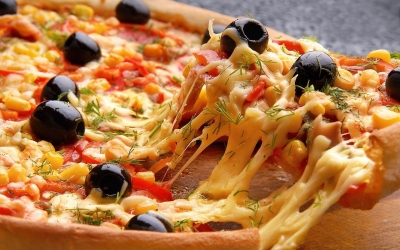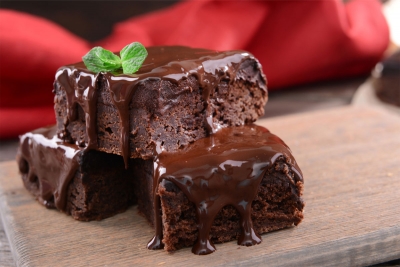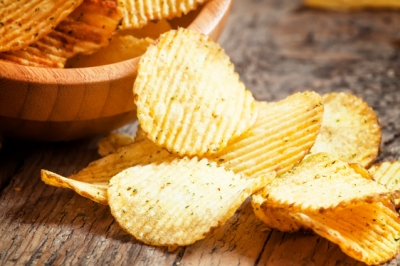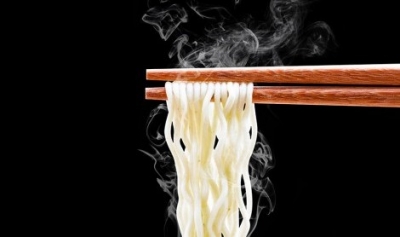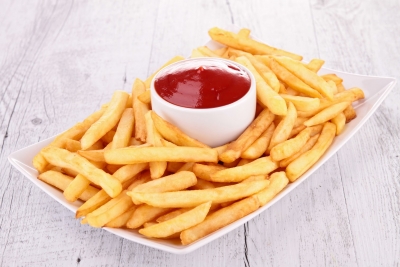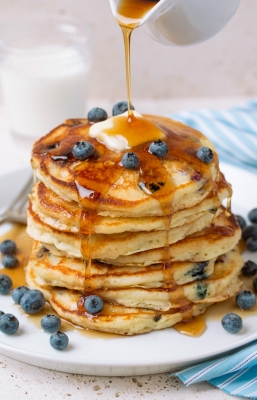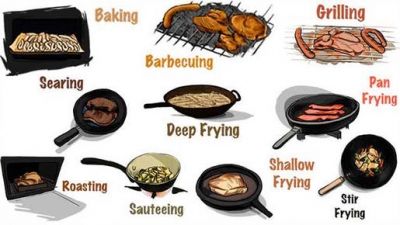
Have you ever cooked? Made a sandwich, perhaps? Or something more interesting that needed lightning a stove or switching on the oven?
Cooking is a useful skill. Good cooks are in great demand, they have more friends than others. Cooking will make sure you will never starve. Sure, readymade foods are a dime a dozen now, and shops fill their shelves with “add-hot-water-and-eat” food items, but can all this be equal to homemade stuff? And psychologists tell us that cooking is therapeutic. It helps to develop patience, it teaches us to be careful, and when the dishes come out, the effort and result give us a sense of achievement. Confidence with a plate of corn fritters!
So, it is a good idea to know the different ways of cooking. Dependency on the type of ingredients and the recipes you choose to follow, you can pick from these various methods of preparing a dish.
Baking
Baking is when you apply dry convention heat to your food in an enclosed environment. Baking can be done in an oven run on coal, wood, electricity or microwave. Most people today bake in ovens run on electricity. The dry heat in the baking process makes the outside of the food go brown, and keeps the moisture locked in. There are any number of very tasty items you can bake, but the most popular are cakes, pastries, bread, casseroles in bake-and-serve dishes. Ever tasted lasagne? A mug cake – made in a mug and eaten from it?
Steaming
As the name suggests, in this method, food is cooked or a large vessel and the food is placed over it in another vessel. When put on the burner, the water boils, sends steam up and steam cooks the food. Some people even bake a cake by steaming it. The best examples of steamed food items are the south-Indian puttu and idlis. Steaming is a healthy form of cooking.
Frying
This means cooking your food in fat. There are different ways to fry food.
Deep-frying, where the food is completely immersed in hot oil. Stir-frying, where you fry the food very quickly on high heat in a pan with a little oil. Pan-frying, where food is cooked in a frying pan with oil. Sautéing, where the food is browned on one side and then the other with a small quantity of fat or oil.
Frying is one of the quickest ways to cook food. There are some dishes that need this form of cooking. How do you make puris? Or French Fries without immersing the potato slivers in hot oil? The only problem with frying is that doctors tell us that reuse of the frying oil is harmful for health.
Roasting
When you roast chicken, what do you do? Roasting is cooking food on high heat. It is a form of baking, but unlike baking, roasting is done openly. In earlier times, when people cooked in open spaces, say after a hunt, they would install two Y-shaped sticks at some feet away, rest a strong stick across the crooks of the Ys and hang a pig by its legs from the stick in the middle. This is called a “spit.” Cooks would light a fire below and keep turning the pig so it would cook slowly in the heat. The animal will be cooked in its own fat. In this form of cooking, the meat gets drier and browner on the outside and soft on the inside. Of course, you can roast vegetables by coating them with oil.
Poaching
Here is how you “poach” an egg. Break the egg, take what is inside in a large spoon. Lower it gently in a vessel with water boiling in it. See that the egg does not scatter. You can do that by holding it in the spoon till it cooks a bit. Food is “poached” in water, but try milk, broth or vegetable stock! Common foods cooked by poaching are fish, eggs and fruit.
Stewing
A stew is what you need on a cold day, or when you are nursing a cold. You first shallow fry or sauté the meat, chicken or vegetables and then cook it in liquid with herbs, pepper and salt. That is, the food is sautéed or seared first, and then cooked in liquid. To make a stew, you need to cut the vegetables and meat into small cubes.
Grilling
In this method, cooking is fast, dry and done on high heat. The food (have you tasted grilled sandwiches?) is placed under intense radiant heat. Grilling can be done with wood burning, coal, gas flame, or electric heating. For grilling, you prepare the food by coating it with various herbs, lemon juice, etc. Close to grilling is broiling, where the heat source comes from the top instead of the bottom.
Picture Credit : Google





